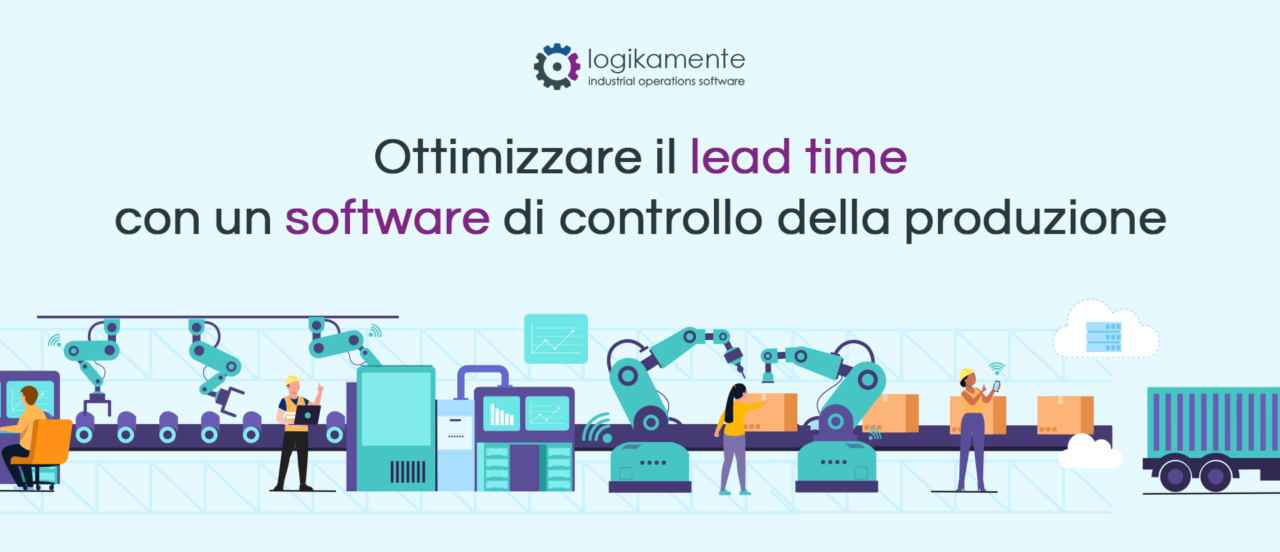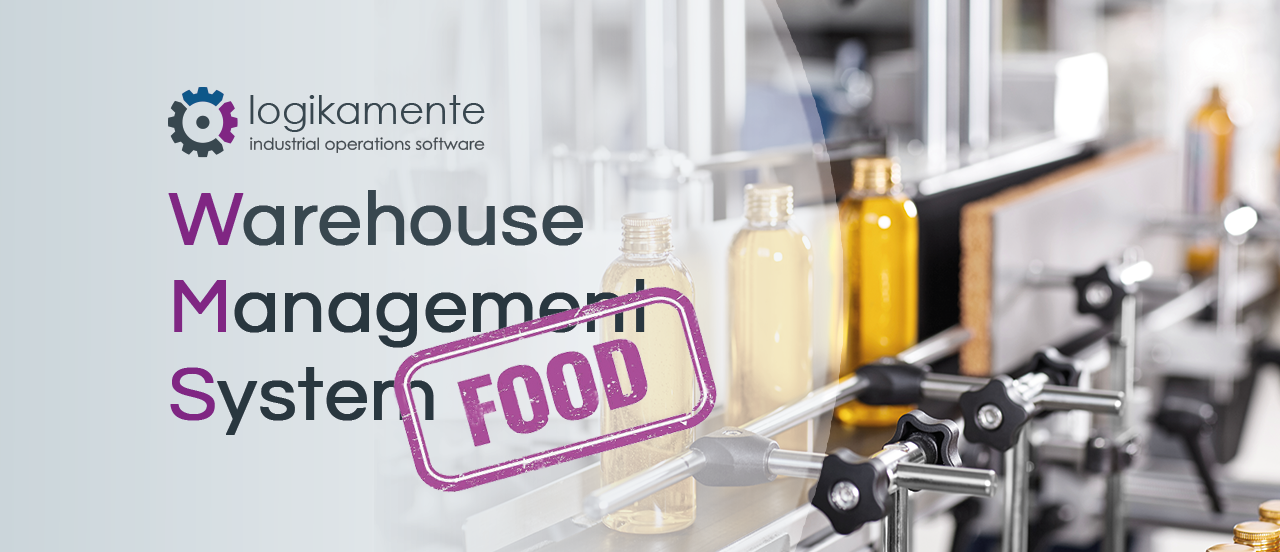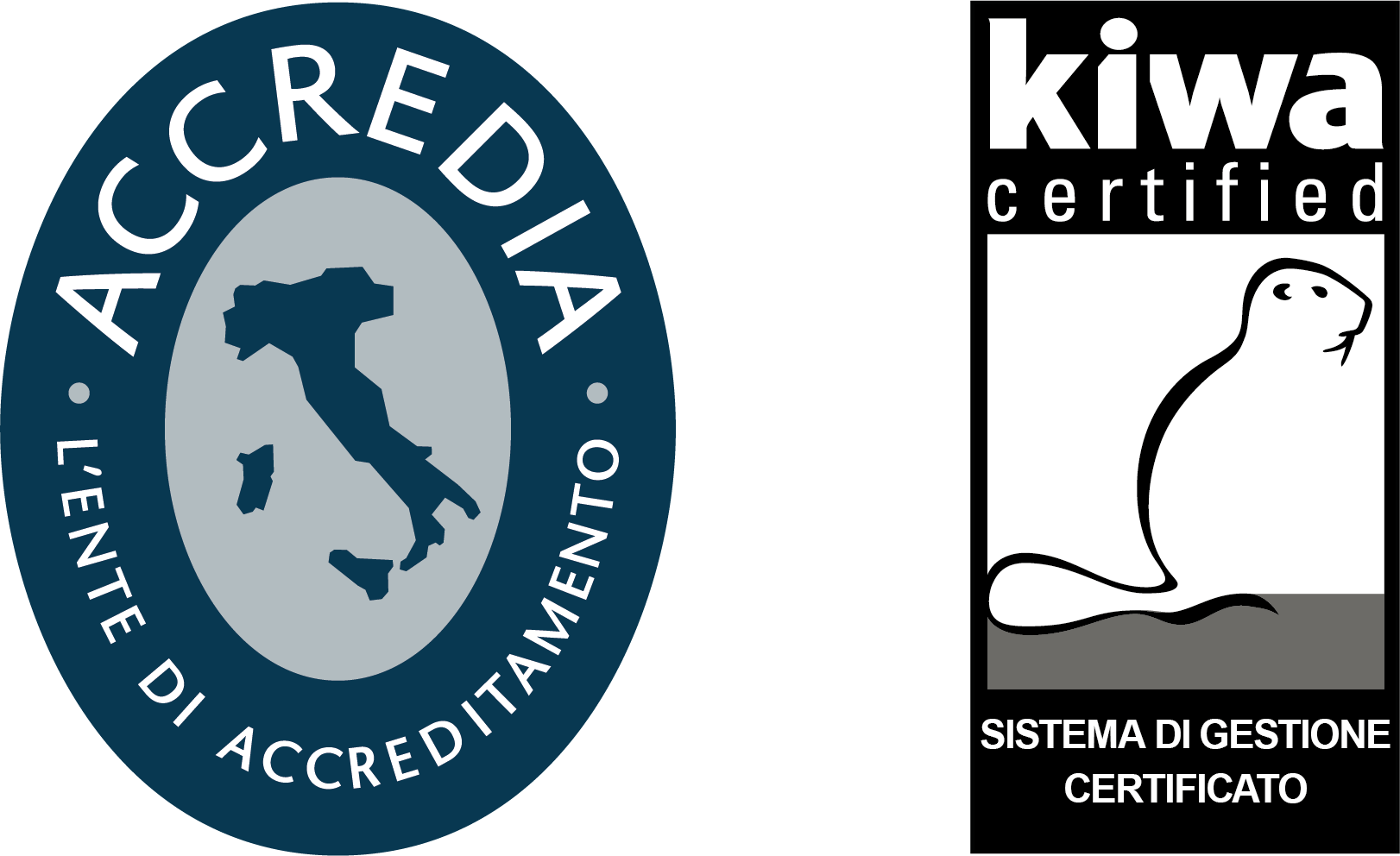Blog
News
Lead time optimisation
Arianna Ferioli

Cos’è il lead time?
Il termine lead time è un’espressione che viene spesso utilizzata nell’ambito/nell’ambito della logistica e della produzione industriale e indica un parametro di fondamentale importanza per la prosperità della nostra azienda. Ma, concretamente, abbiamo tutti capito davvero cos’è il lead time?
Generalmente, come sappiamo, il lead time indica il tempo che trascorre tra l’ordine del cliente e la consegna del prodotto richiesto. Diminuire il lead time in azienda è diventato per molti di noi un mantra, perché significa mostrare ai propri clienti di essere pronti a soddisfare rapidamente le loro richieste con una pianificazione efficiente della produzione e, quindi, a fidelizzarli.
Tuttavia, se guardiamo al lead time complessivo, dall’arrivo dell’ordine via e-mail del prodotto alla consegna fisica al cliente, diventa davvero difficile pensare a come ridurlo con semplici interventi concreti sulla nostra organizzazione interna. In questa situazione, però , ci aiuta la saggezza orientale che insegna: “L’uomo che vuole spostare una montagna, inizia trasportando piccole pietre”.
Possiamo allora pensare di occuparci dell’ottimizzazione del Lead Time suddividendolo in tanti piccoli tempi di attraversamento che fanno riferimento alle varie fasi della vita aziendale: quella di acquisizione commesse in ufficio, quella di progettazione (se si tratta di elaborare un nuovo prodotto), quella logistica e il tempo impiegato per produrre, il cosiddetto lead time di produzione.
In questo articolo vogliamo parlare di come ottimizzare, attraverso l’utilizzo di un software gestionale dedicato, il lead time di produzione, uno degli indicatori KPI (key performance indicator) più importanti per ogni azienda manifatturiera.
L’analisi dei metodi di misurazione del tempo diventa digitale
L’idea di controllare il tempo impiegato dai lavoratori per svolgere ogni singola operazione produttiva risale all’invenzione della fabbrica moderna, nei primi anni del ventesimo secolo. L’analisi dei metodi di misurazione del tempo è diventata, da allora, uno dei compiti più importanti per chi si occupa di gestione della produzione e un importante argomento di studio. Non c’è dubbio, tuttavia, che l’approccio all’analisi dei metodi di misurazione del tempo sia, ovviamente, cambiato molto dai tempi di Taylor e Ford alla moderna Fabbrica 4.0.
È la lezione del Lean Thinking, il pensiero snello che ha rivoluzionato, negli ultimi trent’anni, il modo di vedere l’organizzazione aziendale nel suo complesso e, in particolare, le politiche con cui affrontiamo la verifica dei metodi di misurazione dei tempi di produzione.
Oggi, infatti, un’azienda che voglia avere successo sul mercato globale deve guardare soprattutto ad alcuni KPI produttivi legati all’efficienza e alla riduzione degli sprechi, tra cui:
- efficienza produttiva, misurando il rapporto tra il numero di pezzi prodotti e il numero di pezzi previsti;
- la quantità di scarto di produzione, intesa come percentuale di materia prima che non diventa prodotto finito;
- la qualità della produzione, cioè il rapporto tra pezzi conformi alle specifiche e totale dei pezzi prodotti;
- il tempo di set-up di ogni macchina, cioè il tempo che serve per far sì che una macchina sia in grado di eseguire un ciclo di lavoro diverso dal precedente.
Tutti questi parametri, poi, vanno messi in correlazione con la gestione dei turni degli operatori e con lo stato di manutenzione delle macchine e degli impianti, generando una mole di dati che si potrebbero anche perdere facilmente senza l’ausilio di un software di gestione della produzione.
I vantaggi di avere un software per ottimizzare i tempi di consegna
La filosofia dell’Industria 4.0 si basa sull’idea di sfruttare le possibilità offerte dall’Internet delle cose, ovvero la capacità delle macchine utensili e degli impianti industriali di comunicare tra loro e con i computer degli uffici per scambiare dati e ricevere ordini.
Possiamo facilmente sapere quante ore effettive di funzionamento ha effettuato ciascuna delle nostre macchine utensili in un giorno o avere subito sott’occhio la percentuale di pezzi non conformi rilevata dal controllo qualità, turno per turno, magari incrociandola con l’identità degli operatori che hanno lavorato per realizzare i diversi lotti.
In questo modo avremo sempre a disposizione l’avanzamento della produzione suddiviso macchina per macchina, potremo individuare facilmente le criticità e valutare subito come affrontarle. Con questo strumento di controllo della produzione puntuale ed efficiente sarà finalmente chiaro, ad esempio, quali sono i colli di bottiglia del nostro flusso produttivo, quali macchine sono da revisionare per un aumento di pezzi non conformi, come variano i tempi di produzione di ogni linea in base a diversi parametri e, soprattutto, qual è l’avanzamento in tempo reale di ogni nostro ordine.
Per saperne di più su come ottimizzare i tempi di consegna della tua azienda con un software di gestione della produzione, contattaci senza esitazione presso Logikamente e richiedi una consulenza professionale dedicata.



